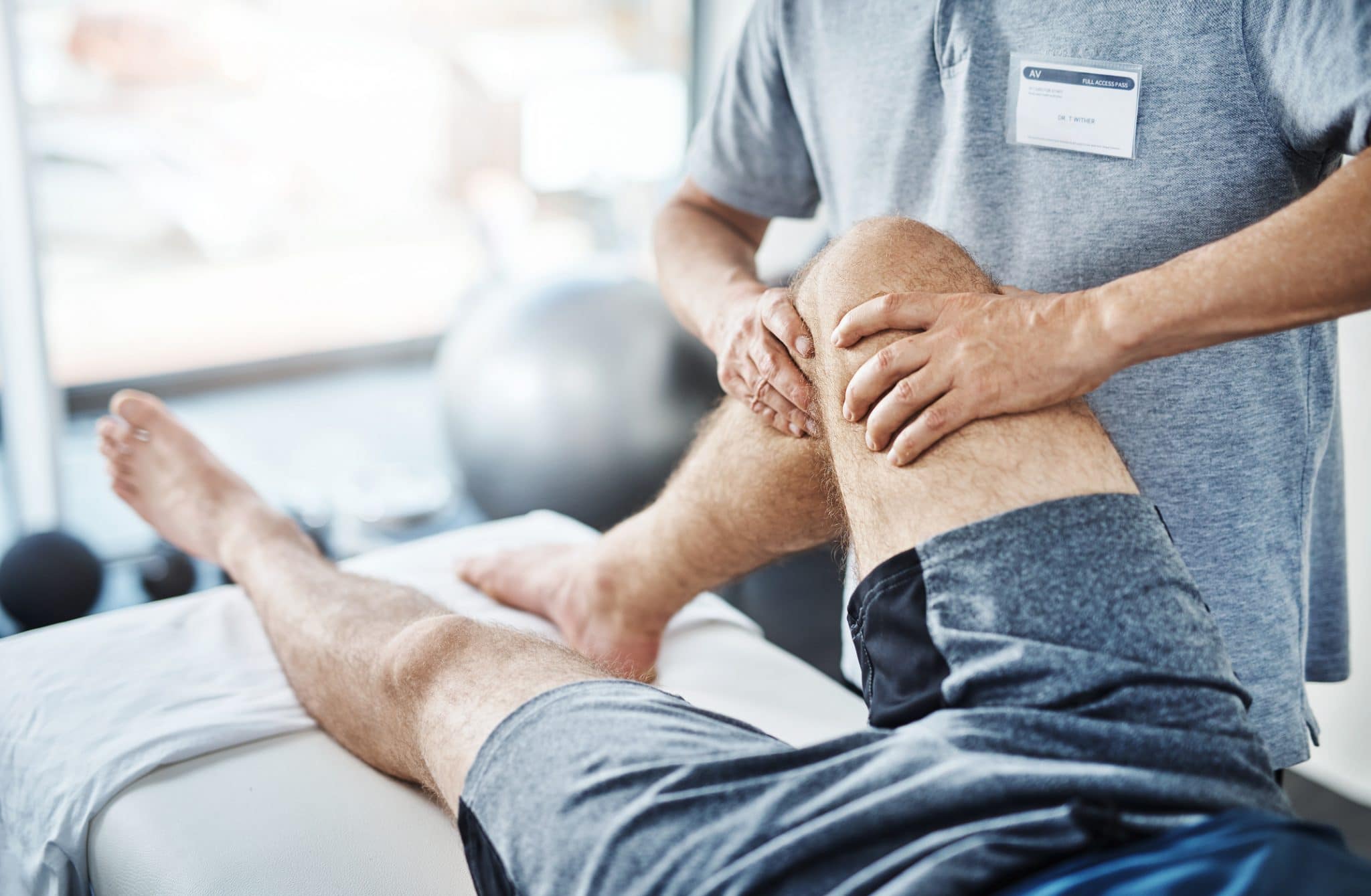One of the most frequently observed injuries in athletics is the foot sprain. This injury often happens when an athlete lands ungracefully or rotates their ankle during a game. Symptoms of an foot ligament injury include discomfort, inflammation, and trouble walking. Prompt care typically involves the R.I.C.E. method, which represents for Recovery, Ice, Wrapping, and Lifting. This method helps reduce swelling and pain. In severe serious cases, physical treatment may be required to restore power and flexibility to the ankle before returning to athletics.
Another common trauma is a muscle injury, which can happen in all athletic activity that requires quick movements or heavy lifting. Sportspeople may experience a muscular strain when they extend a muscular tissue too far or when they exert too great effort. Symptoms include sharp pain, inflammation, and muscular spasms. Rehabilitation for muscle injuries often includes gentle flexibility exercises and conditioning workouts. Slowly increasing exercise levels is crucial to avoid recurrence. Athletes should collaborate closely with a rehabilitative therapist to develop a secure and efficient recovery plan.
Tendon inflammation is another injury that can affect athletes, particularly those who participate in repetitive motions, such as joggers or swimmers. This issue happens when a tendon, which connects muscle to skeletal structure, gets inflamed. Frequent locations involved by tendonitis include the elbow, shoulder, and leg. Signs often include discomfort and rigidity, especially during activity. Treatment for tendonitis usually includes recovery, cooling, and anti-inflammatory drugs. In some situations, rehabilitative treatment may be recommended to improve flexibility and power in the injured area.
Preventing sports traumas is just as crucial as treating them. Athletes can minimize their chance of injury by heating up properly before activities, using the right equipment, and keeping good fitness condition. Strength conditioning and flexibility workouts can assist prepare that site the body for the requirements of athletics. Additionally, athletes should pay attention to their physical condition and take rest when necessary. By comprehending common sports traumas and implementing effective rehabilitation plans, sportspeople can stay healthy and participate in their beloved sports for years to come.
